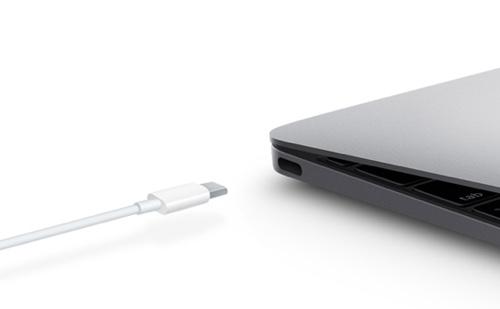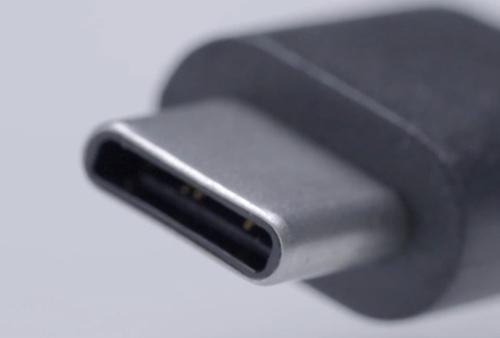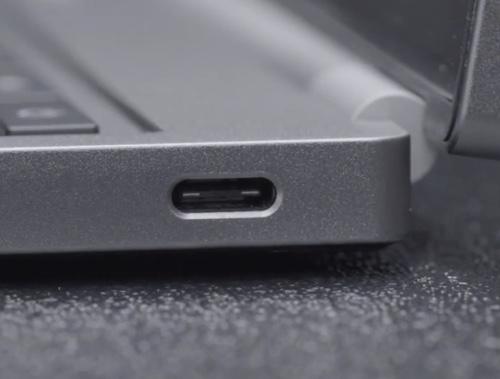How to boost your WiFi speed by choosing the right channel
- By Jamie Lendino on March 26, 2015 at 2:18 pm
- 36 Comments

Share This article
If you’ve ever messed around with your WiFi router’s settings, you’ve probably seen the word channel. Most routers have the channel set to Auto, but I’m sure many of us have looked through that list of a dozen or so channels and wondered what they are, and more importantly, which of the channels are faster than the others. Well, it turns out some channels are indeed much faster — but that doesn’t mean you should go ahead and change them just yet. Read on to find out more about 802.11 channels, interference, and the massive difference between 2.4GHz and 5GHz WiFi.
Channels 1, 6, and 11
First of all, let’s talk about 2.4GHz, because as of the start of 2015, almost all WiFi installations still use the 2.4GHz band. 802.11ac, which debuted in 2013, is driving adoption of 5GHz — but thanks to backwards compatibility and dual-radio routers and devices, 2.4GHz will continue to reign for a while.
All of the versions of WiFi up to and including 802.11n (a, b, g, n) operate between the frequencies of 2400 and 2500MHz. These paltry 100MHz are separated into 14 channels of 20MHz each. As you’ve probably worked out, 14 lots of 20MHz is a lot more than 100MHz — and as a result, every 2.4GHz channel overlaps with at least two (but usually four) other channels (see diagram above). As you can probably imagine, using overlapping channels is bad — in fact, it’s the primary reason for awful throughput on your wireless network.
Fortunately, channels 1, 6, and 11 are spaced far enough apart that they don’t overlap. On a non-MIMO setup (i.e. 802.11 a, b, or g) you should always try to use channel 1, 6, or 11. If you use 802.11n with 20MHz channels, stick to channels 1, 6, and 11 — if you want to use 40MHz channels, be aware that the airwaves might be very congested, unless you live in a detached house in the middle of nowhere.
What channel should you use in a built-up area?
 If you
want maximum throughput and minimal interference, channels 1, 6, and 11
are your best choice — but depending on other wireless networks in your
vicinity, one of those channels might be a much better choice than the
others.
If you
want maximum throughput and minimal interference, channels 1, 6, and 11
are your best choice — but depending on other wireless networks in your
vicinity, one of those channels might be a much better choice than the
others.For example, if you’re using channel 1, but someone next door is annoyingly using channel 2, then your throughput will plummet. In that situation, you would have to change to channel 11 to completely avoid the interference (though 6 would be pretty good as well). It might be tempting to use a channel other than 1, 6, or 11 — but remember that you will then be the cause of interference (and everyone on 1, 6, and 11 will stomp on your throughput, anyway).
In an ideal world, you would talk to your neighbors and get every router to use channels 1, 6, or 11. Bear in mind that interior walls do a pretty good job of attenuating (weakening) a signal. If there’s a brick wall between you and a neighbor, you could probably both use channel 1 without interfering with each other. But if it’s a thin wall (or there’s lots of windows), you should use different channels.
There are tools that can help you find the clearest channel, such as Vistumbler, but it’s probably easier to just switch between channels 1, 6, and 11 until you find one that works well. (If you have two laptops, you can copy a file between them to test the throughput of each channel.)
But what about 5GHz?
The great thing about 5GHz (802.11n and 802.11ac), because there’s much more free space at the higher frequencies, is that it offers 23 non-overlapping 20MHz channels!It’s also worth pointing out that, starting with 802.11n, wireless technology in general is a lot more advanced than the olden days of 802.11b and g. If you own a modern 802.11n router (i.e. if you bought a router in the last couple of years), it likely has some fancy hardware inside that chooses the right channel and modifies the output power to maximize throughput and minimize interference.
If you’re using the 5GHz band, and your walls aren’t paper-thin, then attenuation and the general lack of 5GHz devices should mean there’s very little interference in your apartment — possibly even allowing you to use the fatter 40, 80, and 160MHz channels if you feel like it.
Eventually, as everyone upgrades to newer hardware and moves towards 5GHz, picking the right channel will mostly become a thing of the past. There may still be some cases where it makes sense to fine-tune your router’s channel selection. But when you’re dealing with MIMO setups (up to eight in 802.11ac), it’s generally a better idea to let your router do its own thing. Eventually, of course, 5GHz will fill up as well — but hopefully by then, we’ll have worked out how to use even higher frequencies (60GHz WiGig) or entirely new antenna designs (pCells, infinite capacity vortex beams) to cope with our wireless networking demands.
Sebastian Anthony contributed to this report.




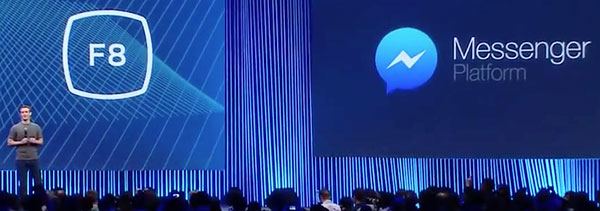

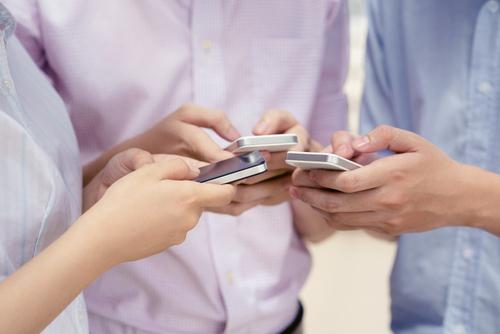


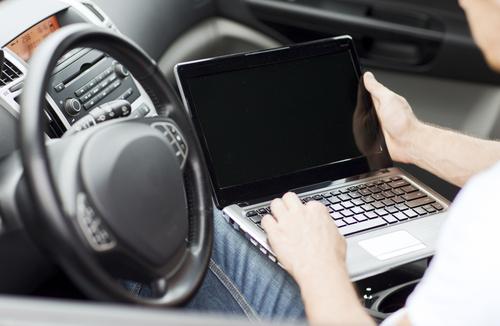
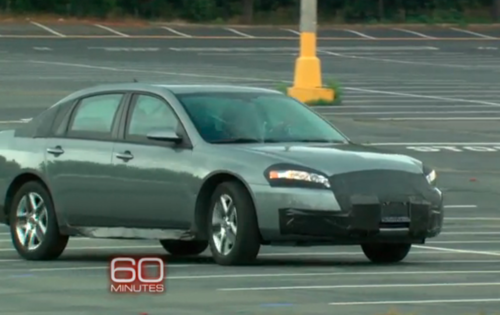
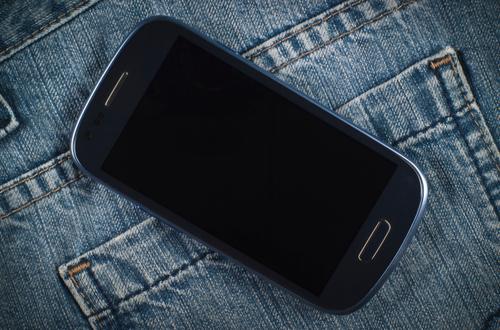
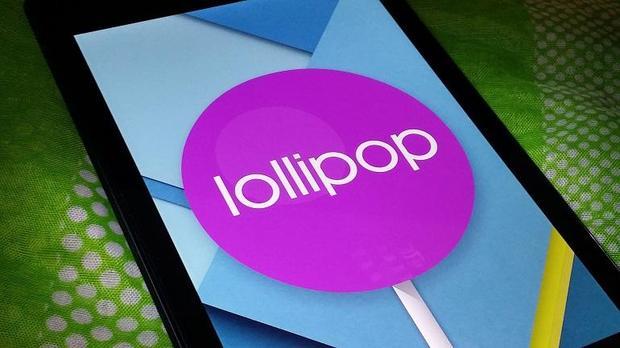 Android 5.1 Lollipop is now flavoring certain Nexus devices. (Nicole Cozma/CNET)
Android 5.1 Lollipop is now flavoring certain Nexus devices. (Nicole Cozma/CNET)
